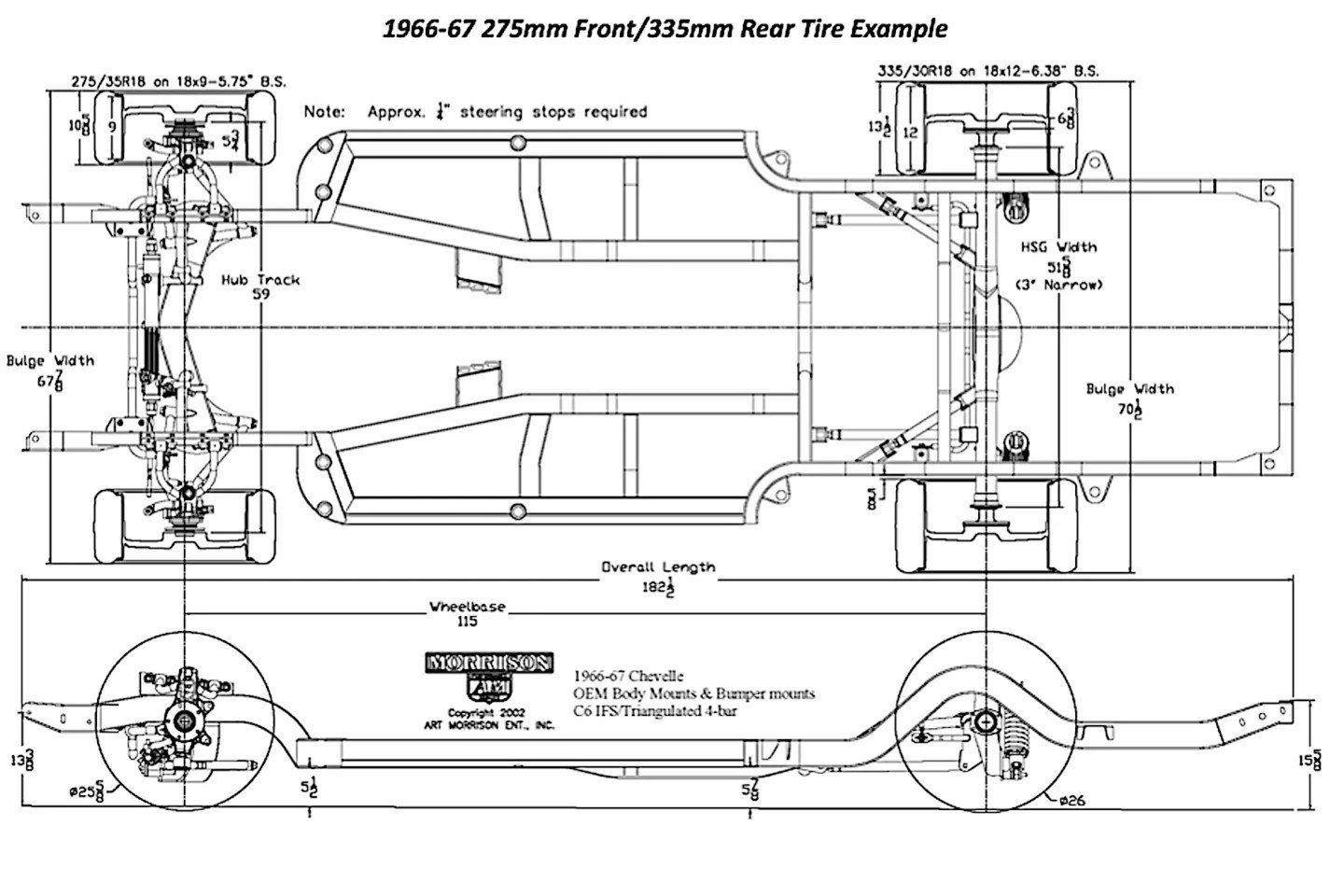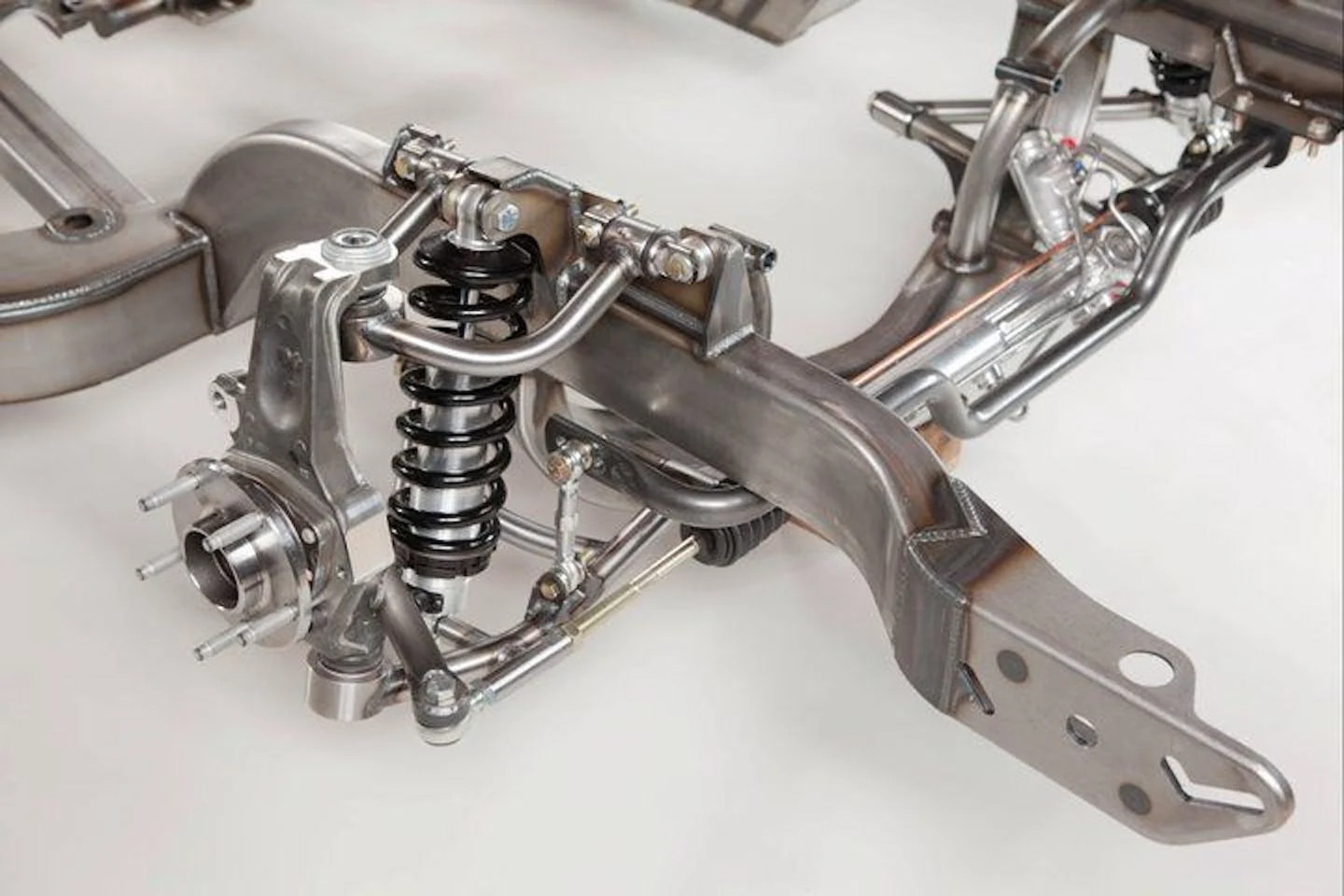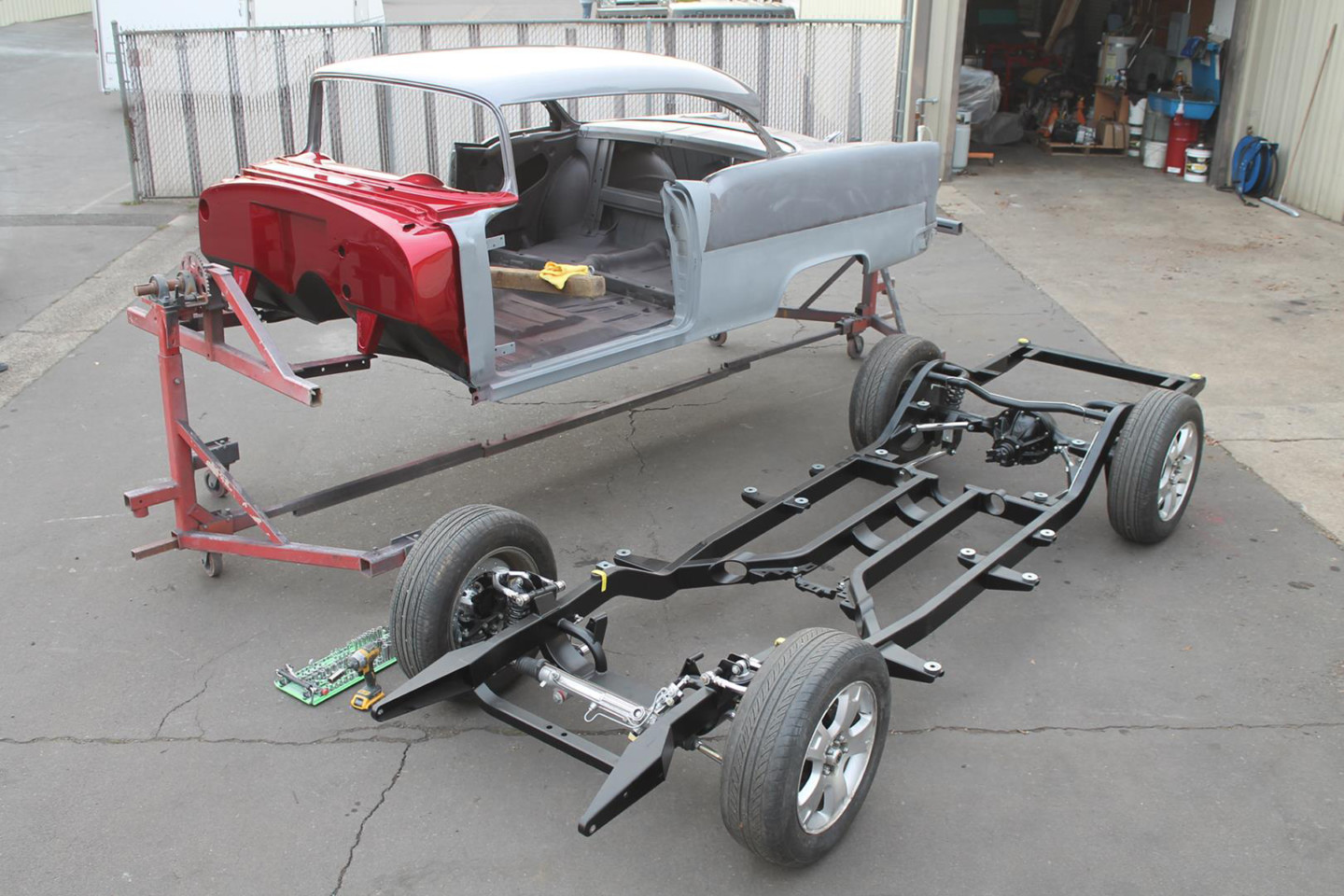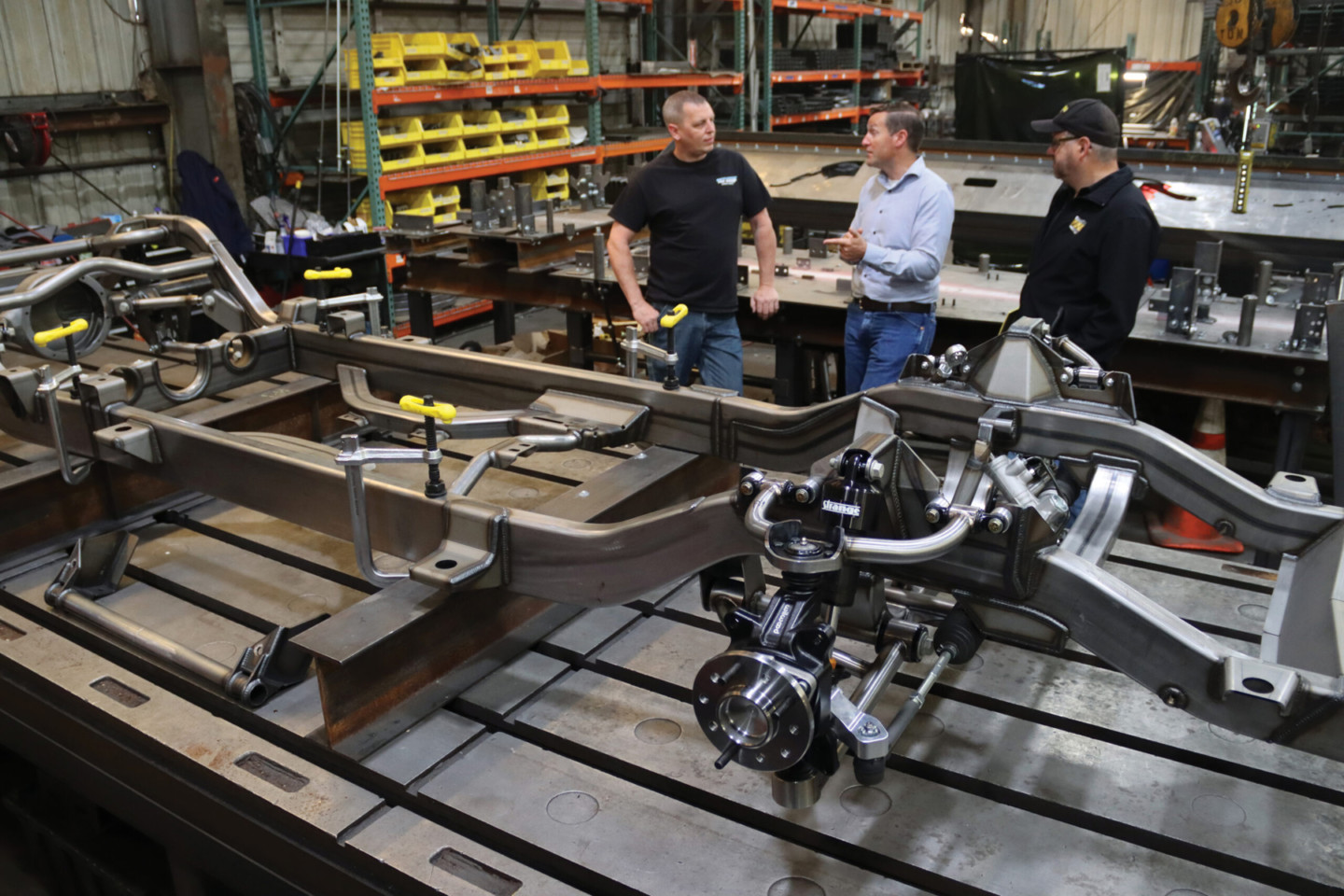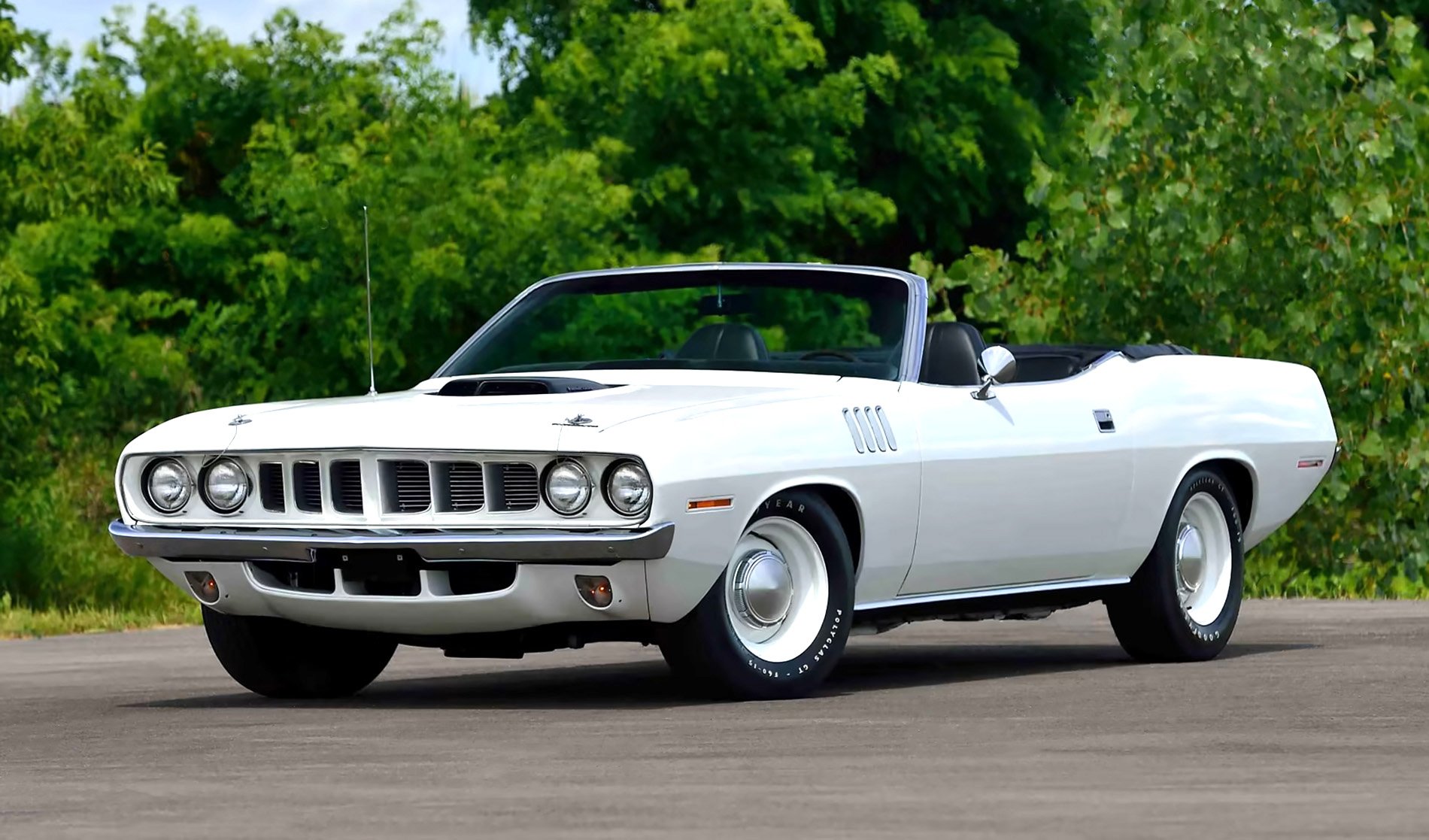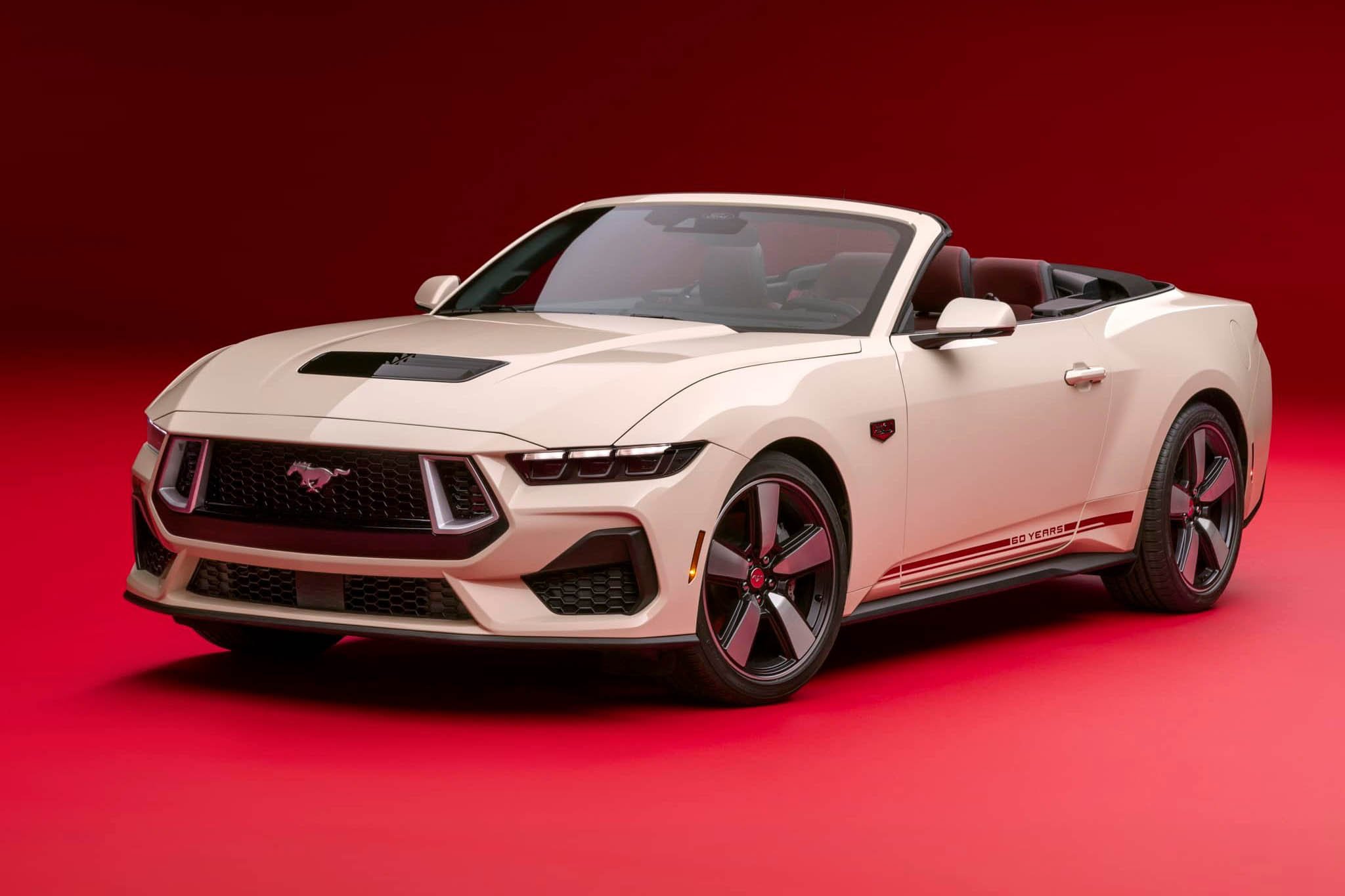No matter what you’re building — be it a house or a car — having the best end result requires a solid foundation. Let’s face it, having a solid base for all the other components to attach is crucial to any vehicle build. In the ever-growing world of restomods, an aftermarket chassis is something that not only top-tier car builders require, but it is also something any enthusiast should consider.
To help everyone impart ride comfort, performance handling, ride height, and more into their ride, Art Morrison Enterprises (AME) would like all of you to consider upgrading to an all-new chassis — and with good reason.
For starters, we found out a new AME aftermarket chassis is not just for those looking to achieve the best performance handling possible, but also for those looking to bring their ride into the 21st century. However, if all-out performance is the end goal, a stock chassis that was engineered more than 50 or 60 years ago isn’t going to deliver the handing capabilities you desire. Why is that you ask? I’m glad you did.
First and foremost, the original C-channel and basic X-frame designs simply cannot extract all of the performance you are building into your ride — no matter what engine you utilize. This is affirmed by Lisa Jones, media and design consultant at AME, “all AME chassis are designed for reduced deflection and increased stiffness, and are engineered for the highest strength/weight ratio.”
Not only is an AME chassis hands-down better than OE, but we offer a variety of suspension packages that are engineered to deliver the optimum performance for any application. – Lisa Jones, AME
Building A Better Aftermarket Chassis
In most cases, a new AME chassis is designed to attach to the body just like an original frame. This eliminates the need for cutting and fabrication. That said, there are a few situations where some modifications could be required, but when building a custom hot rod, it is to be expected.
“We begin by 3D-scanning and reverse-engineering an OEM frame”, states Jones. “The AME engineering team uses solid modeling and FEA technology to redesign the OEM system to improve the driving experience. We also use our own CNC machines to create custom billet-aluminum components, which allows us to best control the quality and limit lead time. Finally, our chassis are made from USA-sourced rectangular tube steel, which is precisely positioned, assembled, and MIG-welded on jigs customized to each chassis.”
I know what many of you are thinking, “I can modify my factory chassis and have almost as good results.” Well, yes, and no. Yes, you can modify your factory chassis. No, you will not receive the same results.
You need to consider that your 40-, 50-, or 60-year-old chassis is, well, old and has seen more miles than we typically think about. Yes, I know the OE frame is steel and should last forever, but that is not the case. In actuality, many original chassis aren’t in a condition that lends itself to performance driving. Over time, metal bends, cracks, and fatigues, especially metal that has seen several 100,000 miles of rough highways.
A New Take On An Old Foundation
A new aftermarket chassis utilizes design parameters and specifications not considered all those years ago. What’s more, the new chassis is much more rigid than the original and can utilize modern-day suspensions. This provides the ride and handling qualities most people are expecting when they build a hot rod or muscle car, but few receive. Remember, no matter what you do to a 50-year-old chassis, it will still be 50-year-old chassis and act as such.
“Not only is an AME chassis hands-down better than OE, but we offer a variety of suspension packages that are engineered to deliver the optimum performance for any application. That goes for everything from a street rod to a G-machine,” Jones affirms.
Comparing an OE and aftermarket chassis side-by-side, immediately makes evident the improvements offered by modern chassis components. Your classic was fitted with a stamped-steel-frame design made of rudimentary open-channel crossmembers. These crossmembers were either riveted or spot-welded at the front and rear. There isn’t much support between the front and rear suspension to make that frame rigid. Your OE frame relies on the body to aid with rigidity. The chassis is only there to mount the engine and suspension.
Along with the technological advancements car chassis have made during the last several decades, it’s also important to recognize that auto manufacturers make compromises in order to mass-produce vehicles. It’s no secret that cost is a primary factor for car manufacturers, and it definitely affects vehicle design. With cost being such a huge factor, the kind of performance-enhancing components offered by companies like Art Morrison really could not have been offered by OEMs back in the day.
We’re told that, unlike your classic’s OE frame, most AME frames are primarily 2 x 4-inch rectangular box tubing that is mandrel bent in-house. I say almost, because heavier and longer wheelbase cars like Cadillacs and some of the hard top cars of the ’50s and ‘60s, use 4 x 4-inch box tubing that’s even more rigid, with either .120-inch or .180-inch wall thickness. The weight of the vehicle and how it’s going to be driven both factor into the design process.
The benefits of added chassis rigidity are substantial. Chassis flex will cause your suspension — upgraded or not — to not realize its full potential. In fact, if the chassis flexes enough, it can cause the suspension geometry to deviate out of spec at the moment of flex. When that happens, it can and will affect steering response, tire-grip capability, and other handling characteristics.
Why You Should Upgrade To An Aftermarket Chassis
Not only will an aftermarket chassis offer vast improvements in regard to ride and handling quality, but the steering is also better than OE. Imagine you’re driving down the road in your OE-spec classic. While cruising, can you move the steering wheel an inch or two off-center and not feel it? Many enthusiasts can. A new chassis will give you rack-and-pinion steering which is a far-sight-better than the original gearbox. With rack-and-pinion, steering is much more responsive and requires fewer turns lock-to-lock.
But this is just the beginning in terms of how the latest chassis designs can transform vintage automobiles into truly modern performers and highly capable cruisers. If you are looking to elevate the ride and handling prowess of your old-school performance machine, the folks at Art Morrison Enterprises have the hardware to get your setup dialed in where you want it, whether your ambitions take you to the drag strip, road course, or your local cruise night.

